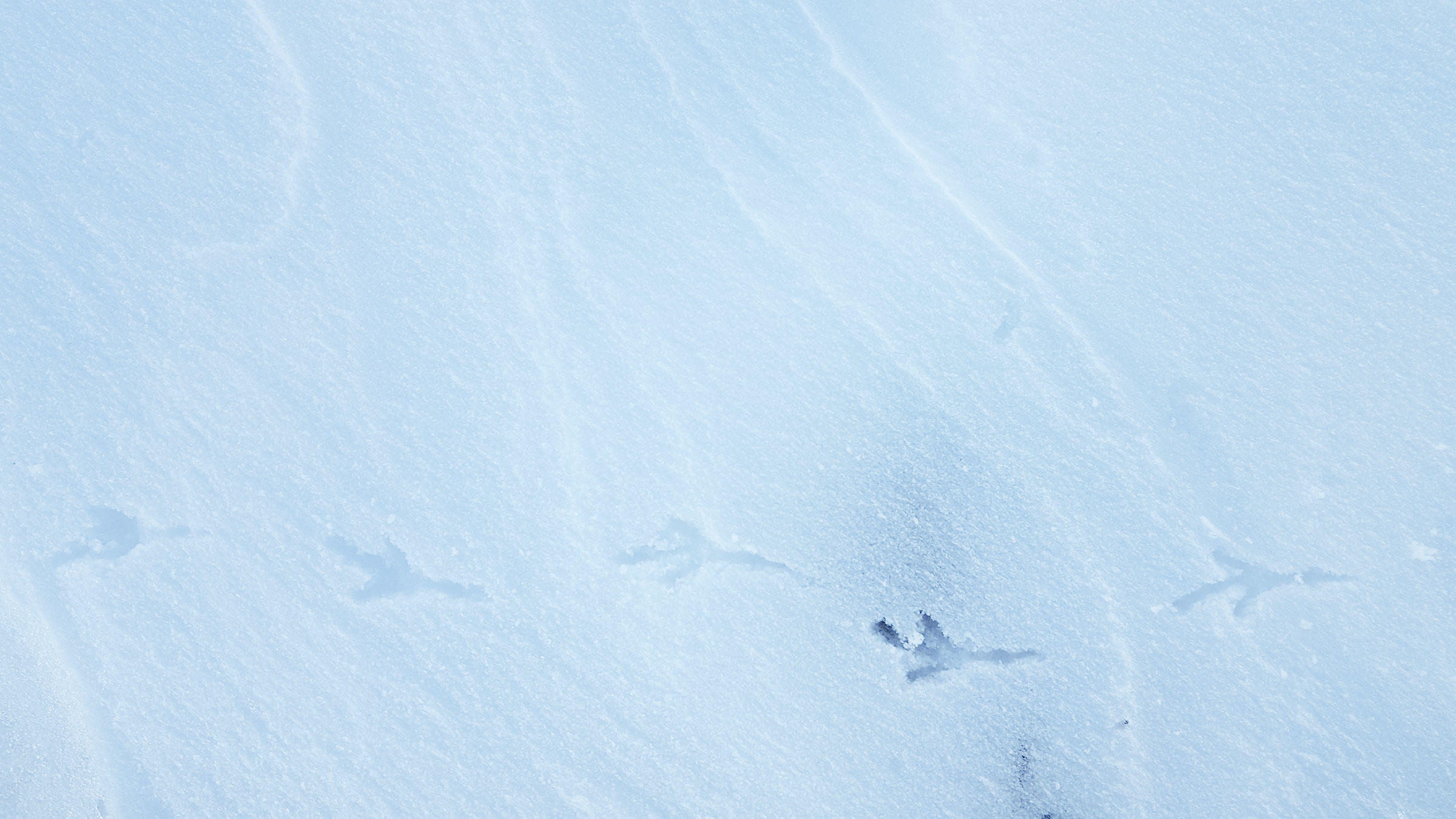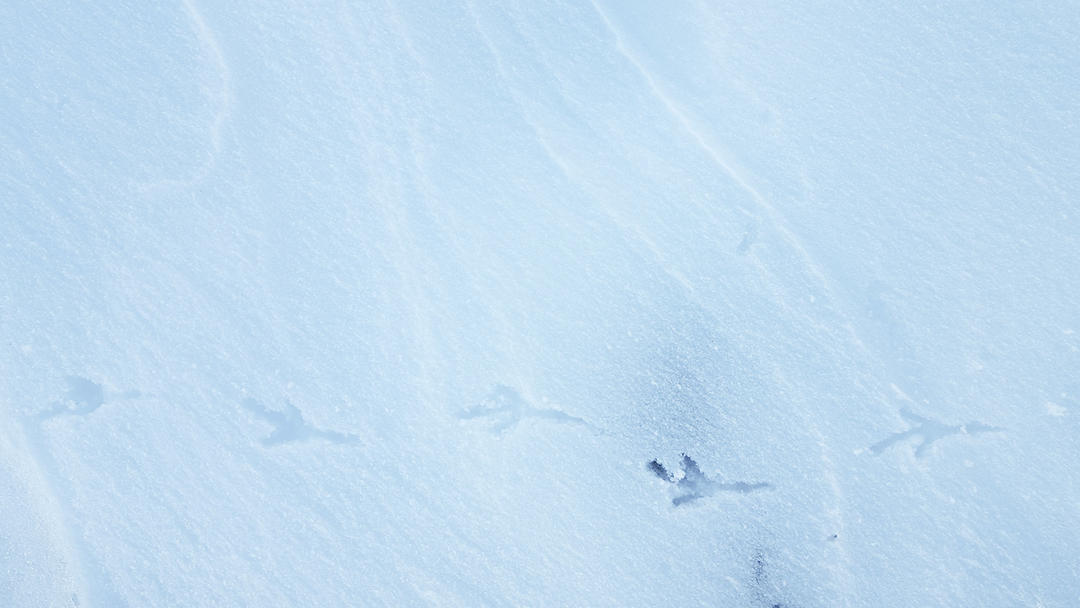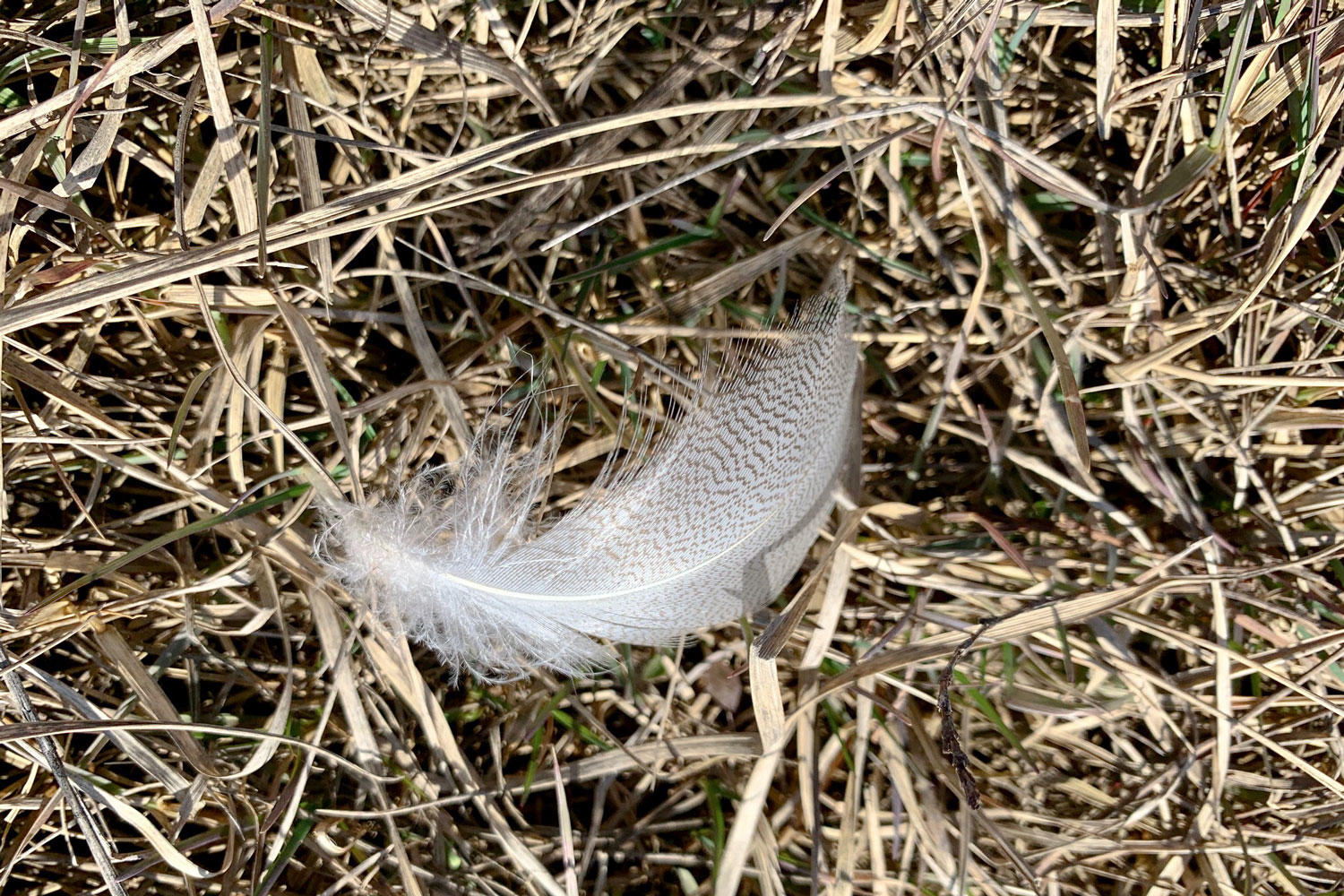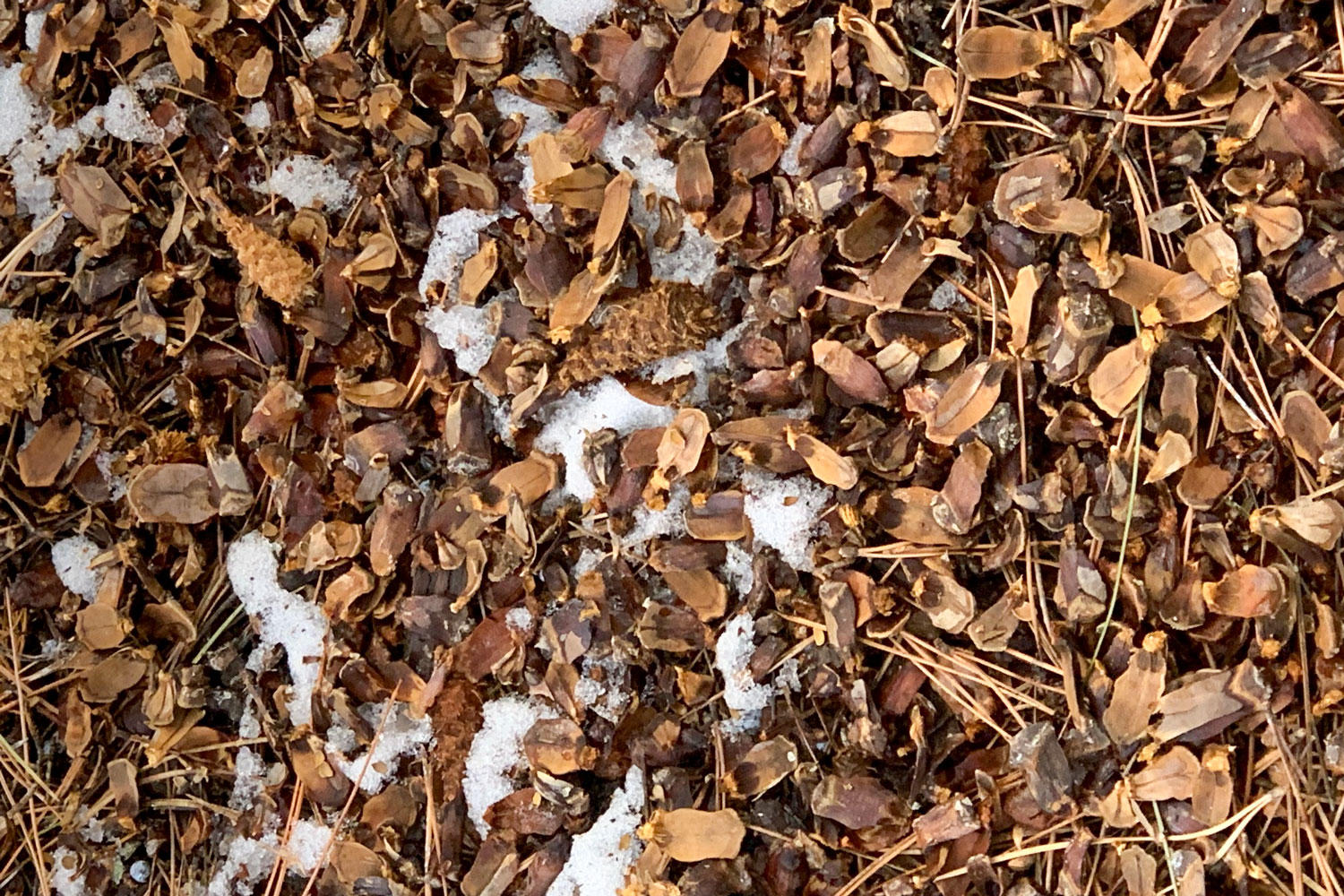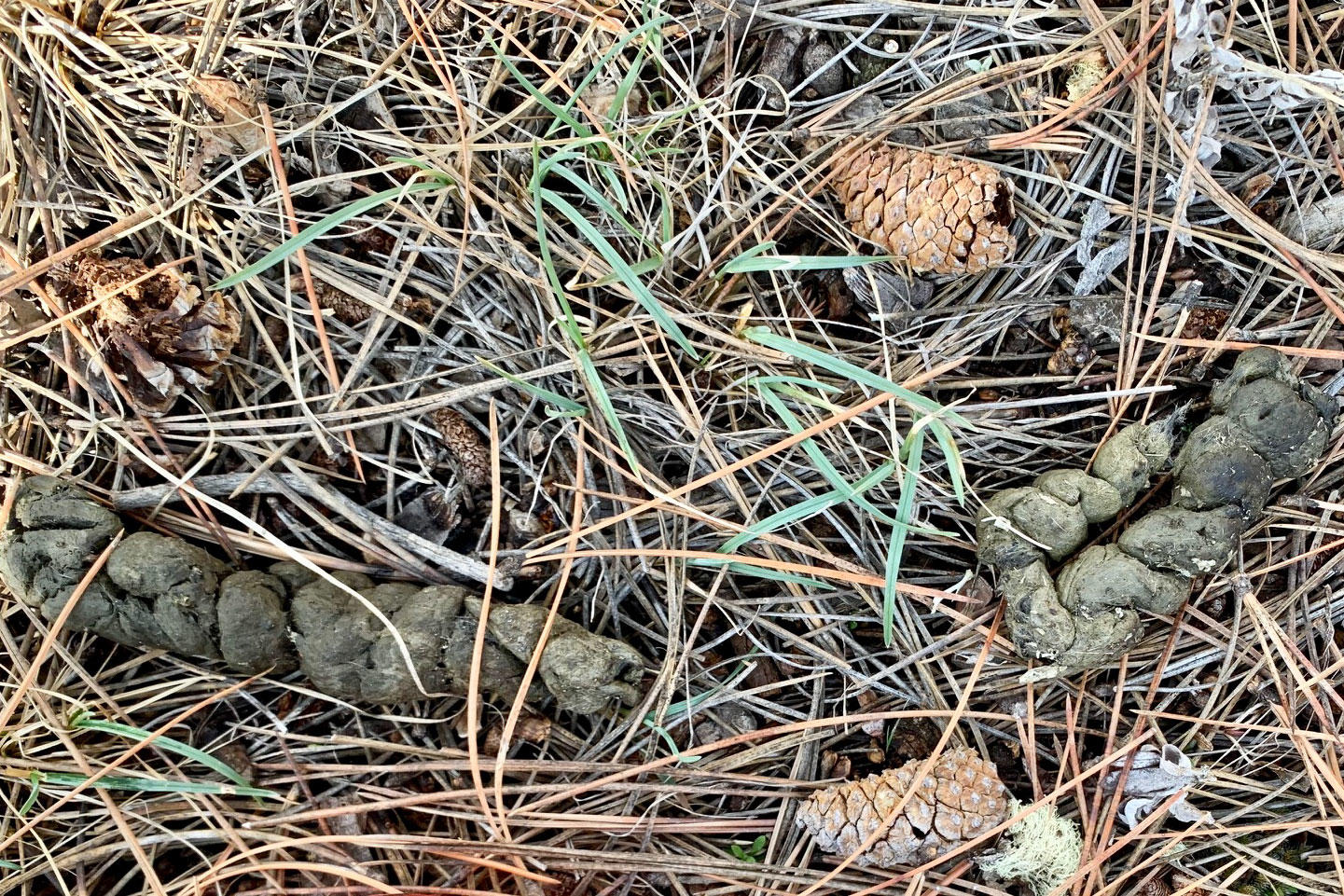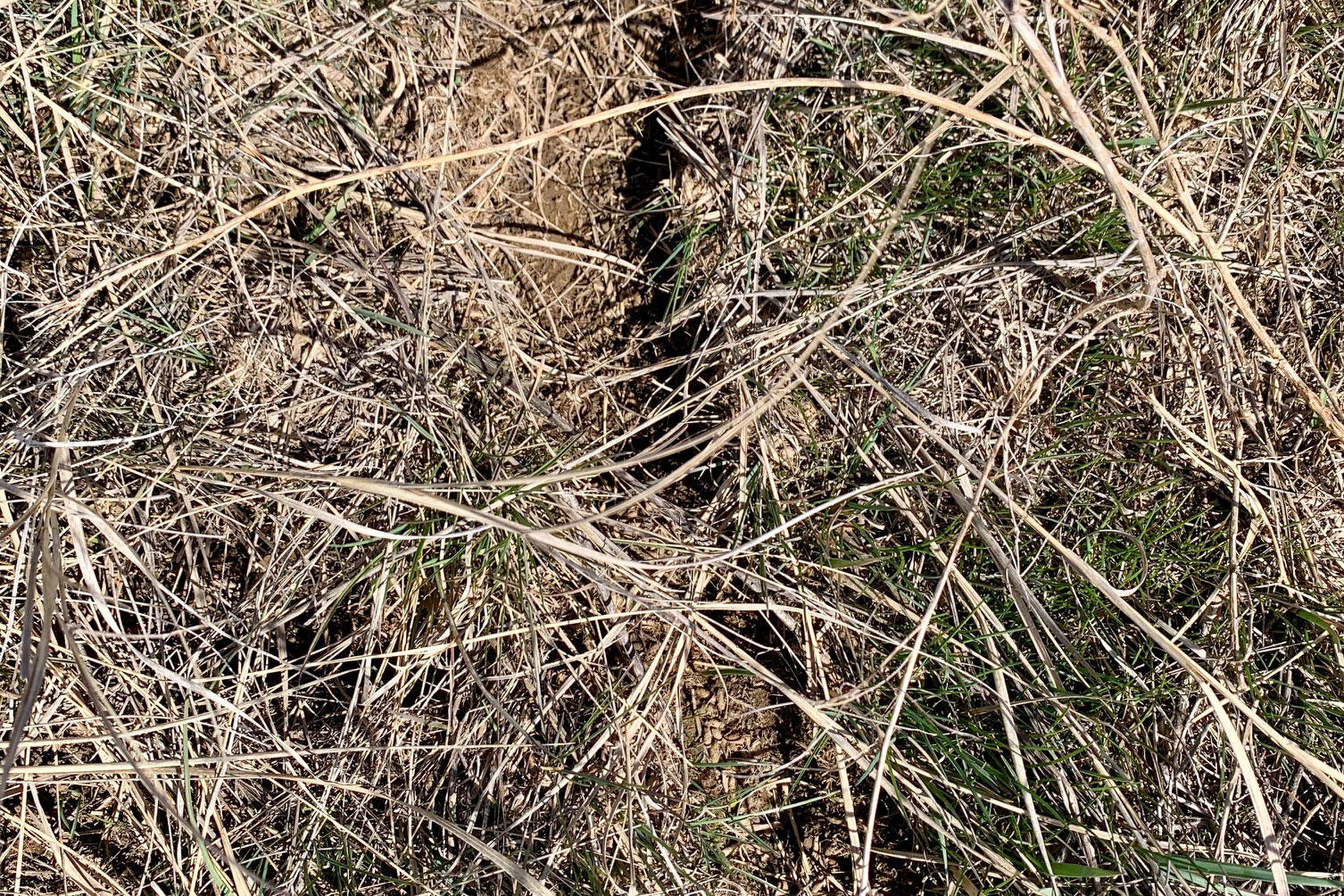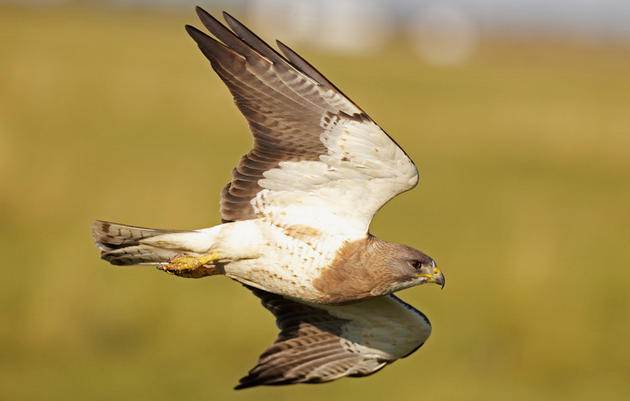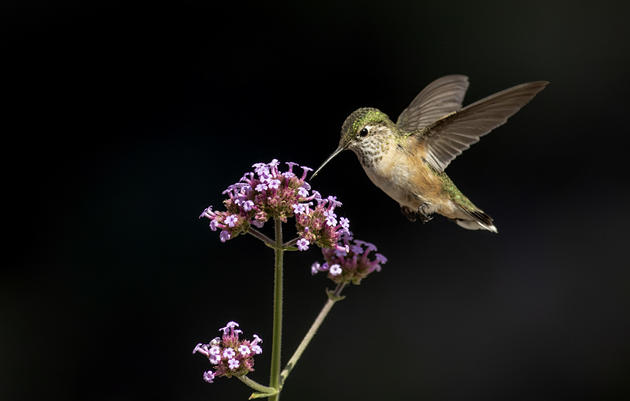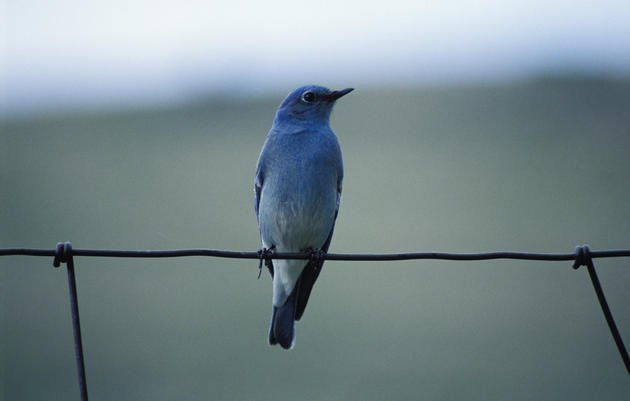I enjoy going on walks this time of year. After the long, cold, and somewhat dreary winter, the indicators of spring bring me joy. At our home in rural Wyoming, it starts with the first thawing of snow, which brings torrents of water everywhere, filling up ponds, running down fields, and continuing through the canyons and into the Belle Fourche River. The sounds that follow the first thaw: meadowlarks, Red-winged Blackbirds, Killdeer, and chorus frogs elevate my spirits like nothing else can.
With our current realities of self-isolation, school closures, and event cancellations, spring could not arrive at a more opportune time. Like many families, we are at home working and learning together. Luckily, living in the Mountain West provides us access to amazing outdoor classrooms. One of my favorite activities to do with my family is to go on a “signs of life hike.”
A signs of life hike is great because it sets a purpose and creates reasonable expectations for a hike. It is unlikely that families will see the type of behaviors that are highlighted in action-filled nature documentaries, especially with the noisy chatter that comes with hiking with young children. What you do see are signs of life. Signs of life are nests, tracks in mud or snow, scat (animal poop), burrows, and anything else that animals leave behind as a clue that they were there. When you take the focus away from seeing wildlife you can still have an adventure and find success in seeing the evidence that wildlife has been there. This allows your children to construct the story of what happened when they come upon the evidence.
For example, finding tracks can be thrilling when you can clearly see which direction the animal was headed, even more so when you can see an interaction with another animal. Allowing your children to create their own stories from the clues left behind immediately turns them into budding scientists because science begins by asking questions and then seeking answers. We can help young children understand this intuitively as they explore and try to make sense of their surroundings.
Another benefit to a signs of life hike is that you as a parent need not be an expert. Together, you are gathering evidence that can lead to more exploring at home. Take a notebook or a phone with you as you hike so that you can take pictures of the artifacts you find such as bird nests or scat. For example, if you find a snake skin, you can bring it home and look up the types of snakes found near you.
You may indeed encounter wildlife, and if you do, it is a bonus. It will add to the story your child or children have created with you on your hike.
When you get home, fill out this activity with your child.
For resources that can help you understand the signs of life around you, consider the following:
Book: Take-Along Guide to Tracks, Scats and Signs
Pocket Guide: Animal Tracking: A Waterproof Folding Guide to Animal Tracking & Behavior
Website: The USFWS Feather Atlas
Now head outside and explore the signs of spring! We’d love to see what you find. Tag @audubonrockies on social media to share.

